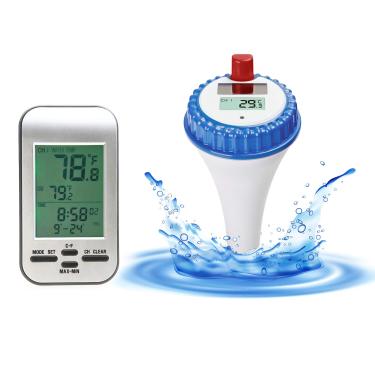Fish Tank Thermometer: Essential Tool for Monitoring Aquarium Temperature

# Fish Tank Thermometer: Essential Tool for Monitoring Aquarium Temperature
## Why Every Aquarium Needs a Reliable Thermometer
Maintaining the proper water temperature is one of the most critical aspects of successful fishkeeping. A fish tank thermometer serves as your first line of defense against temperature fluctuations that could stress or even harm your aquatic pets. Unlike terrestrial animals, fish cannot regulate their body temperature and are completely dependent on their environment.
## Types of Aquarium Thermometers
### 1. Glass Alcohol Thermometers
These traditional thermometers feature a glass tube filled with colored alcohol that expands and contracts with temperature changes. They typically attach to the inside of the aquarium with a suction cup.
### 2. Digital Thermometers
Modern digital options provide precise readings and often include additional features like:
– Memory functions for tracking temperature history
– High/low temperature alarms
– Remote sensors for separate display units
### 3. Stick-on LCD Thermometers
These affordable, low-profile thermometers adhere to the outside of the aquarium glass and display temperature through color-changing liquid crystals.
## Proper Thermometer Placement
Keyword: fish tank thermometer
For accurate readings:
Place the thermometer at the opposite end from your heater to monitor temperature distribution
Avoid direct sunlight or areas with significant water movement from filters
Position it where you can easily read it during routine tank checks
## Maintaining Optimal Temperature Ranges
Different species require specific temperature ranges:
Tropical Fish
Generally thrive between 75-80°F (24-27°C)
Coldwater Species
Prefer temperatures around 60-70°F (15-21°C)
Marine Reef Tanks
Typically maintained at 76-82°F (24-28°C) for coral health
## Troubleshooting Temperature Issues
If your fish tank thermometer shows abnormal readings:
1. Verify the thermometer’s accuracy by testing it in water of known temperature
2. Check for heater malfunctions or excessive room temperature fluctuations
3. Ensure proper water circulation to prevent hot or cold spots
4. Consider using a backup thermometer for confirmation
## Choosing the Right Thermometer for Your Setup
When selecting a fish tank thermometer, consider:
– Tank size and type (freshwater, saltwater, reef)
– Desired precision level
– Ease of reading
– Durability and water resistance
– Additional features like alarms or remote monitoring
A quality fish tank thermometer represents a small investment that pays significant dividends in maintaining a healthy aquatic environment. By providing constant temperature monitoring, you can quickly identify and address potential issues before they affect your fish’s wellbeing.

